Alright – so today we’ve got the honor of introducing you to Weiyi Chen. We think you’ll enjoy our conversation, we’ve shared it below.
Weiyi, appreciate you joining us today. What’s been the most meaningful project you’ve worked on?
The most meaningful project for me is an ongoing fiber-based series named “Linger”, it explores the power dynamics embedded in the mother-daughter relationship. For me, this project represents a transformation point: the moment I began to look inward as both an artist and an individual, and trying to explore my inner self with memory, emotion, and identity.
Raised by my mother in a single-parent household in China, I witnessed her strength and independence, but also her long-standing emotional suppression under the weight of societal and familial pressures. I not only played the role of daughter but also unconsciously became the emotional shelter for my mother, carrying the weight of her stress and unspoken emotions. This prolonged emotional labor led to a sense of numbness and low emotional sensitivity in me. The beginning of Linger marked my decision to no longer avoid these buried feelings, but to reawaken them through materials and confront my inner questions directly.
The series is mainly made with very raw delicate hand-spun cotton yarn sourced from Dong minority communities and knitted using highly tensioned techniques. I intentionally leave broken threads and dropped stitches unrepaired, allowing them becoming visible scars, unresolved gaps in the fabric, like emotional wounds that have never healed.
Linger is not only a gift for my mother, but also a record of our shared struggle. The mother’s position in our family was never one she chose; it was shaped by the absence and failure of the father figure, forcing her to bear responsibilities beyond personal limits. This realization helped me understand that my mother was never an absolute authority figure, but rather an ordinary woman shaped by societal expectations. These new understandings have deepened my perception of myself as both a woman and a daughter, and they continue to guide me forward.
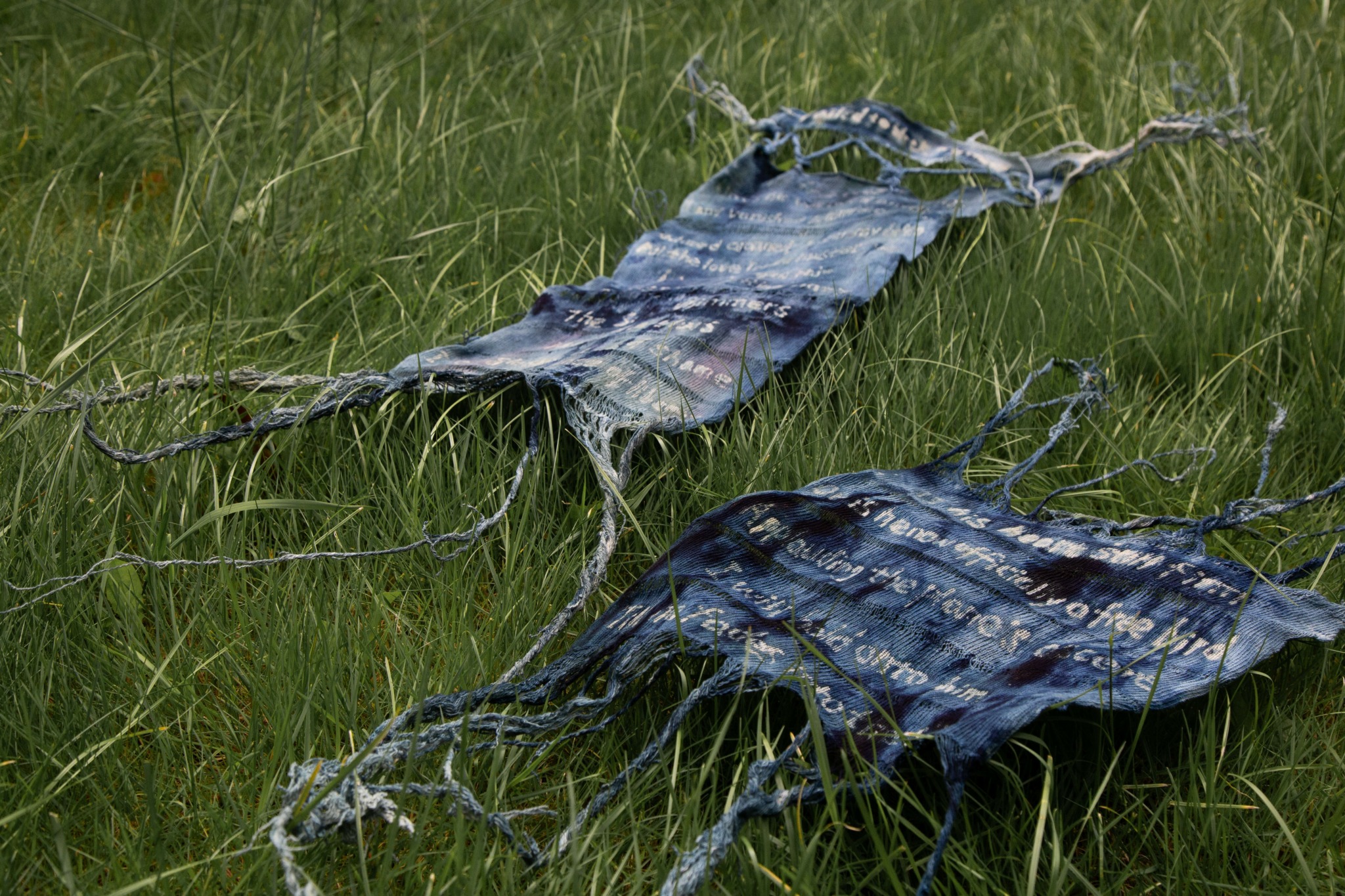
Weiyi, before we move on to more of these sorts of questions, can you take some time to bring our readers up to speed on you and what you do?
I’m a textile artist based in London, originally from Chongqing, China, with a background in fashion design. I graduated from Chelsea College of Arts with a Master’s degree in Textile Design in 2023. My practice centers on textiles and expands into performance and sculpture. I primarily work with knitting and natural dyeing techniques, using intuitive and repetitive processes to explore emotional labor, memory, and personal identity. My recent project is about how textile-based practices can construct systems of support between emotion, memory, and embodied experience within the context of contemporary society and modernization.
Apart from my own art practice, I co-founded an art collective “TearSlaly” with an photographic artist in 2024. This ongoing collaboration centered on performance, exploring themes of relationship, identity, and inner transformation. What brings us together is a shared interests to slowness, sensory experience, and relationships. Alongside our creative collaborations, we host workshops regularly and try to create a space for collective making, shared experience, and companionship . We believed that this has offered a gentle resistance to systems obsessed with speed and productivity.
No matter within TearSlaly or my own work, what I am most proud of is the space I create for genuine human connection, and spaces that are gradually built through shared manual labor and the process of collective creation.
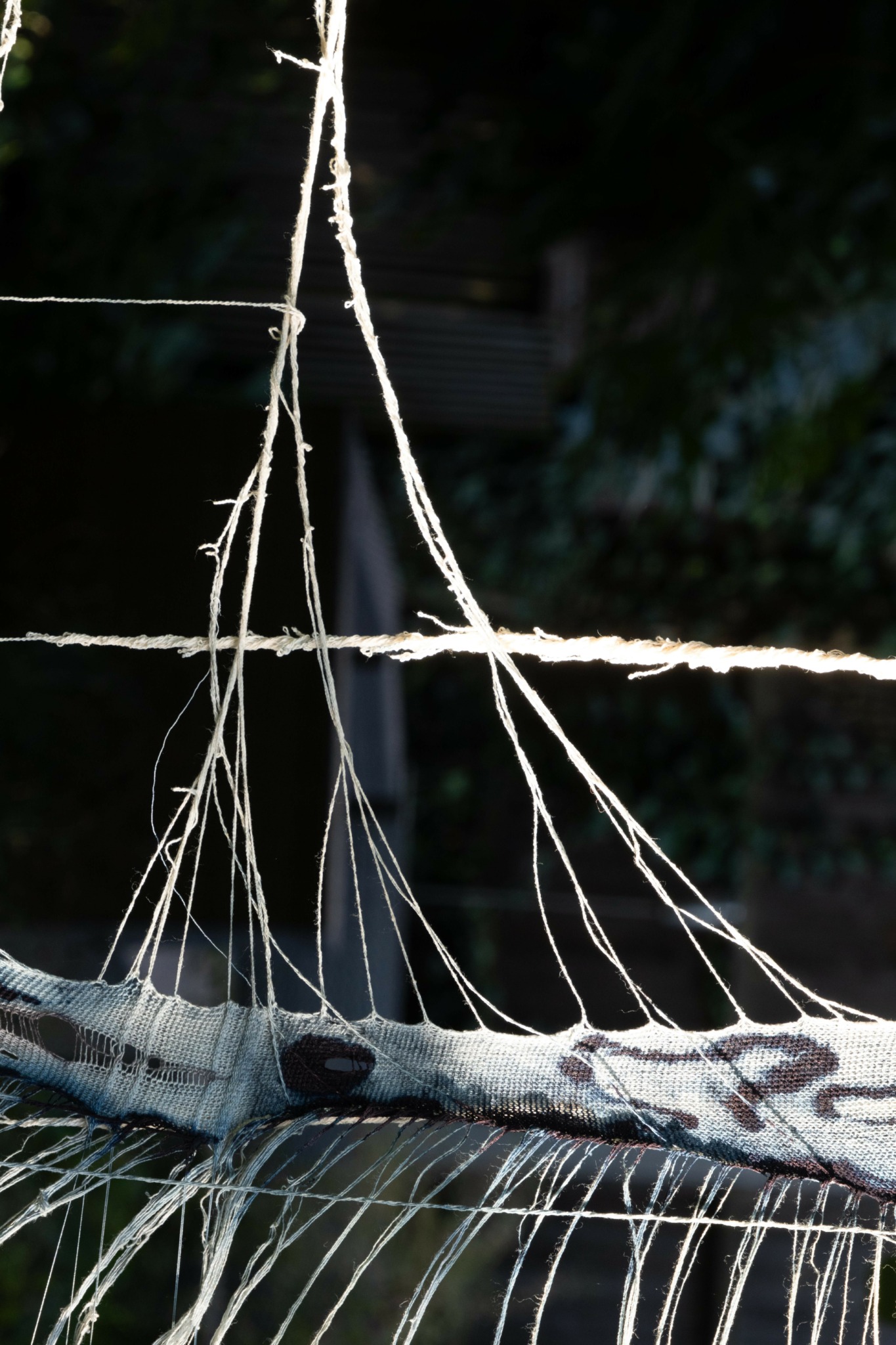
For you, what’s the most rewarding aspect of being a creative?
For me, the most rewarding aspect of being an artist is that I’m able to stay close to emotions, to work with what is unresolved, fragile, or unspoken, and give it space through creative process.
Art allows me to slow down, to sit with tension instead of solving it, and to translate personal experience into something that could be shared. Whether I’m working alone or collaboratively, I always value the moment when someone encounters a work and feels seen, or when a shared process leads to an unexpected form of connection.
In a time that rewards speed and clarity, it feels meaningful to insist on slowness, ambiguity, and the presence of the body. I see art as a way to not only reflect the world, but to re-enter it differently through touch, memory, and mutual attention.
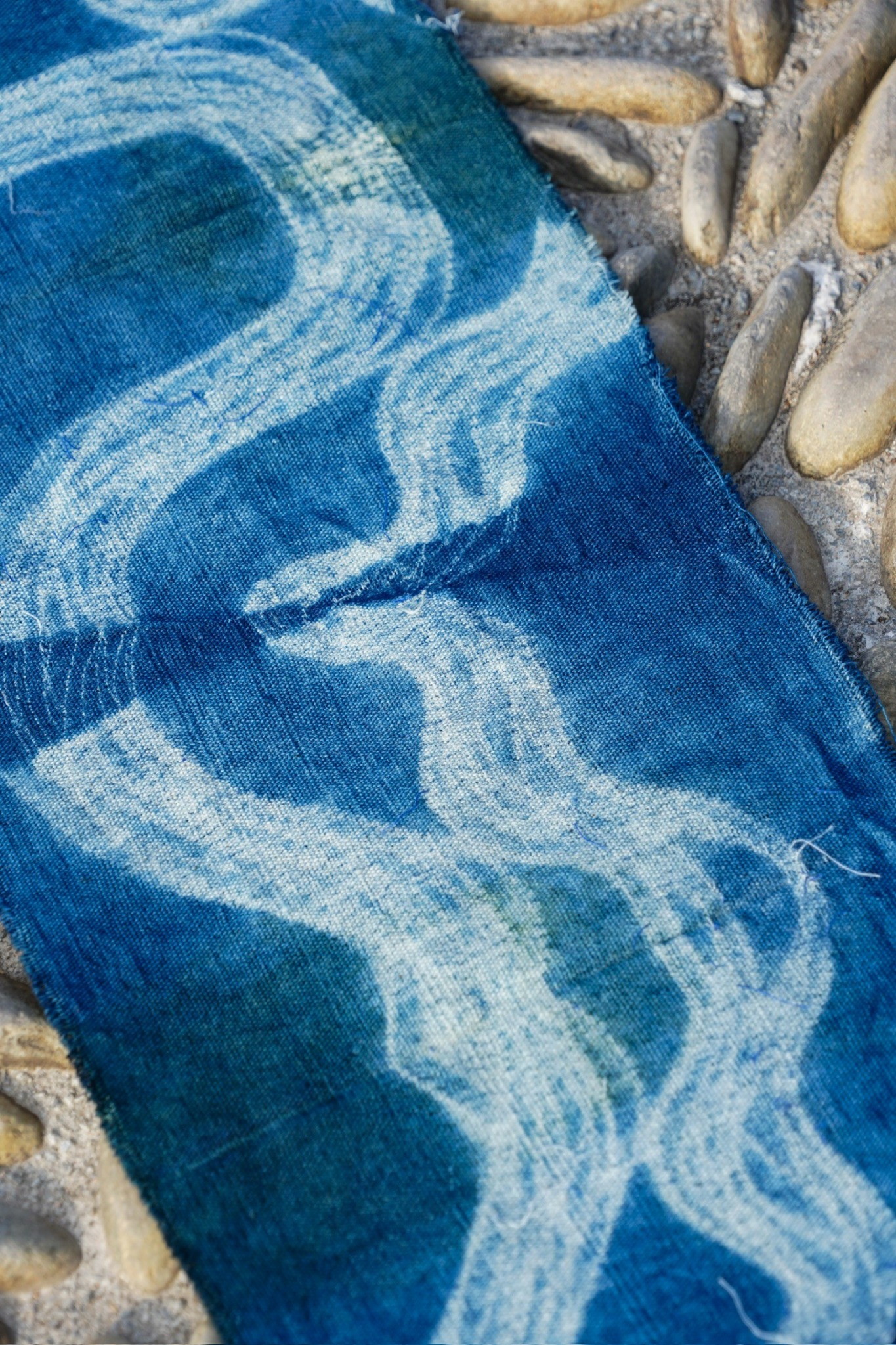
Is there something you think non-creatives will struggle to understand about your journey as a creative?
I think one of the most difficult things for non-creatives to understand is that the working doesn’t always look like working.
Most of my process involves slowness, uncertainty, and even pause. There will be long stretches where things appear “stuck” or unresolved. But those are often the most critical moments, where something internal is shifting. In fiber-based practice especially, time itself becomes part of the material. What looks like repetition or delay is often where meaning accumulates.
There’s also an emotional dimension that’s hard to quantify. When I’m working with themes like intergenerational trauma which I need to dive deep into my past experience, I’m not just making, I’m feeling, remembering, sometimes even grieving. The labor isn’t just physical, it’s relational. And because the work is not always outcome-led, its value can be invisible from the outside.What I’ve learned is that creativity doesn’t follow linear time. It requires presence, not productivity. And I think that’s something I am still learning how to honour.
Contact Info:

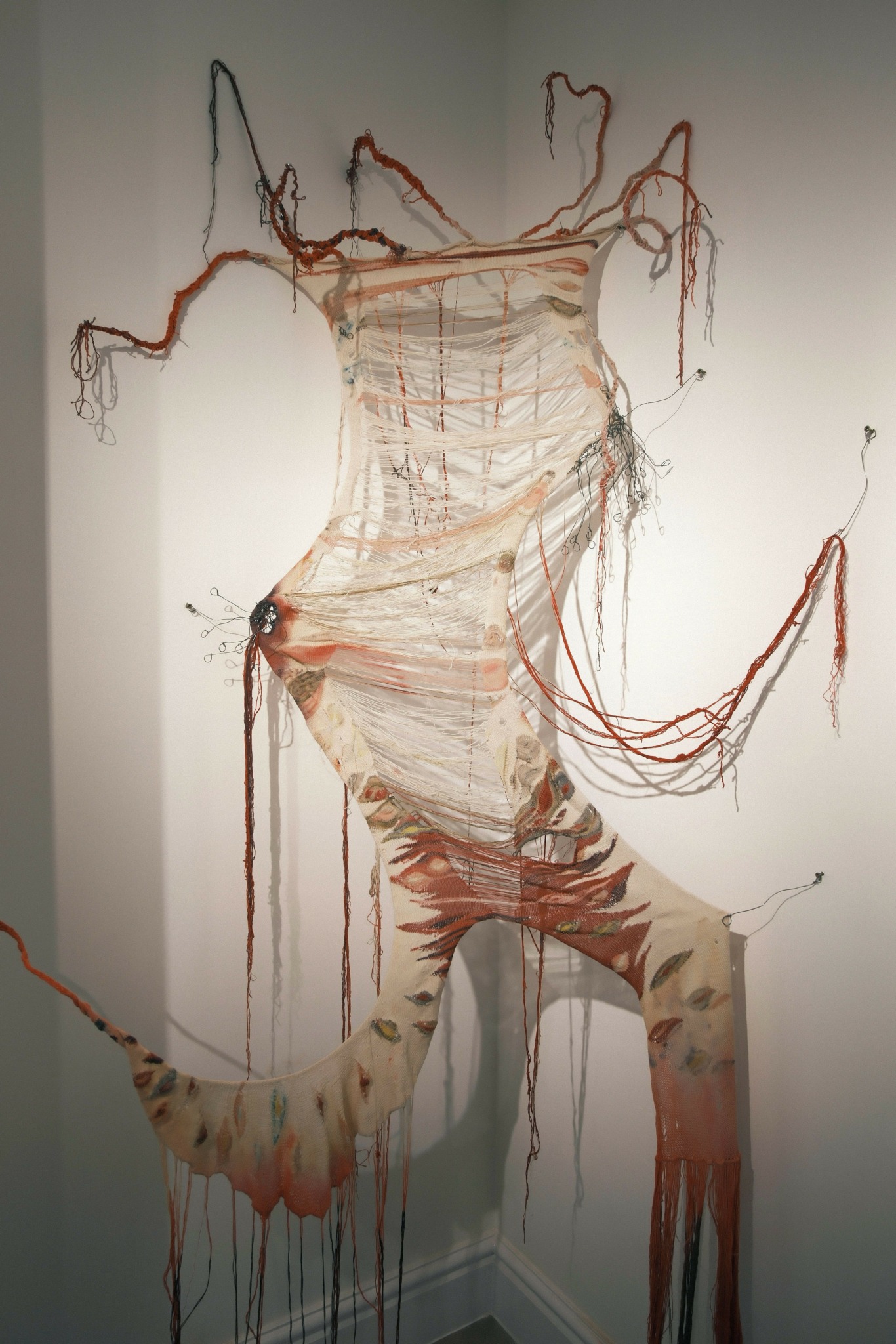
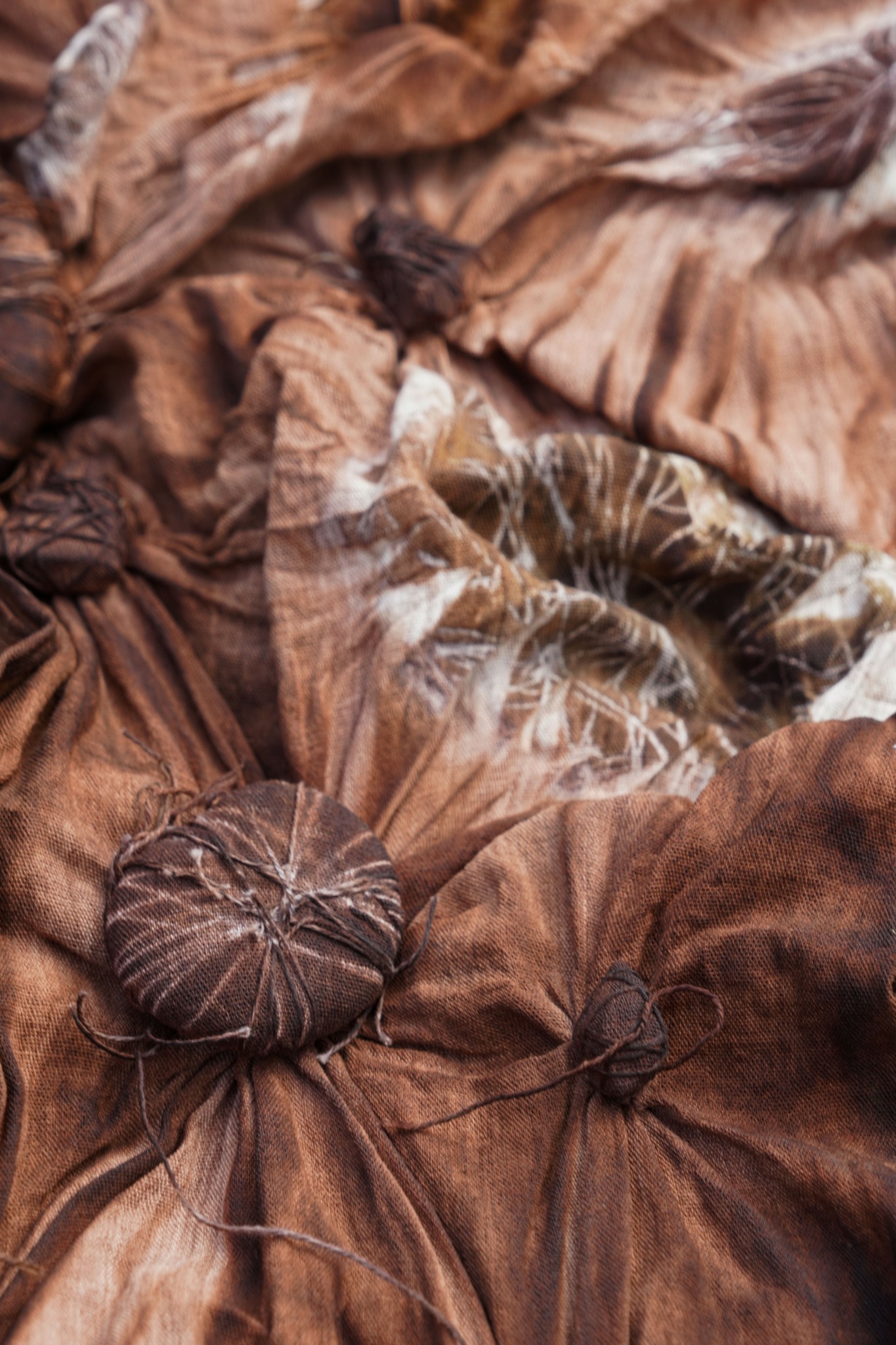

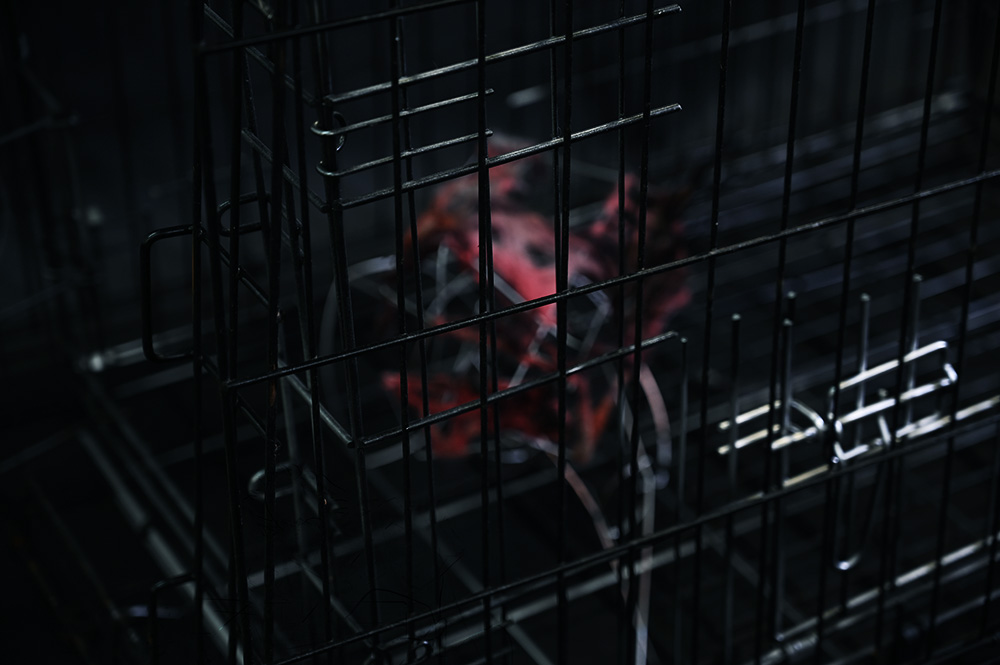
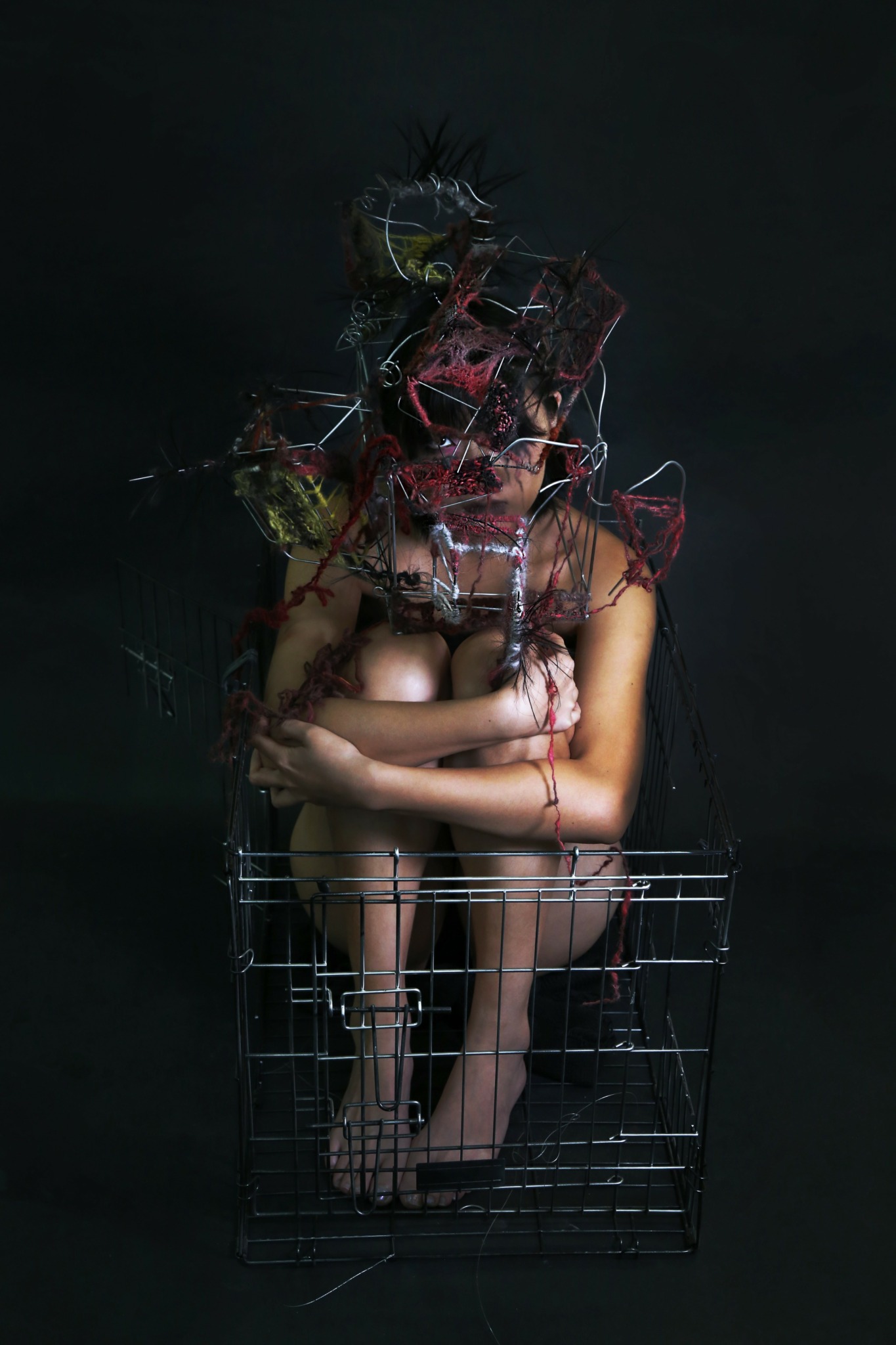
Image Credits
Lingo Xu, Xinyue Tao


